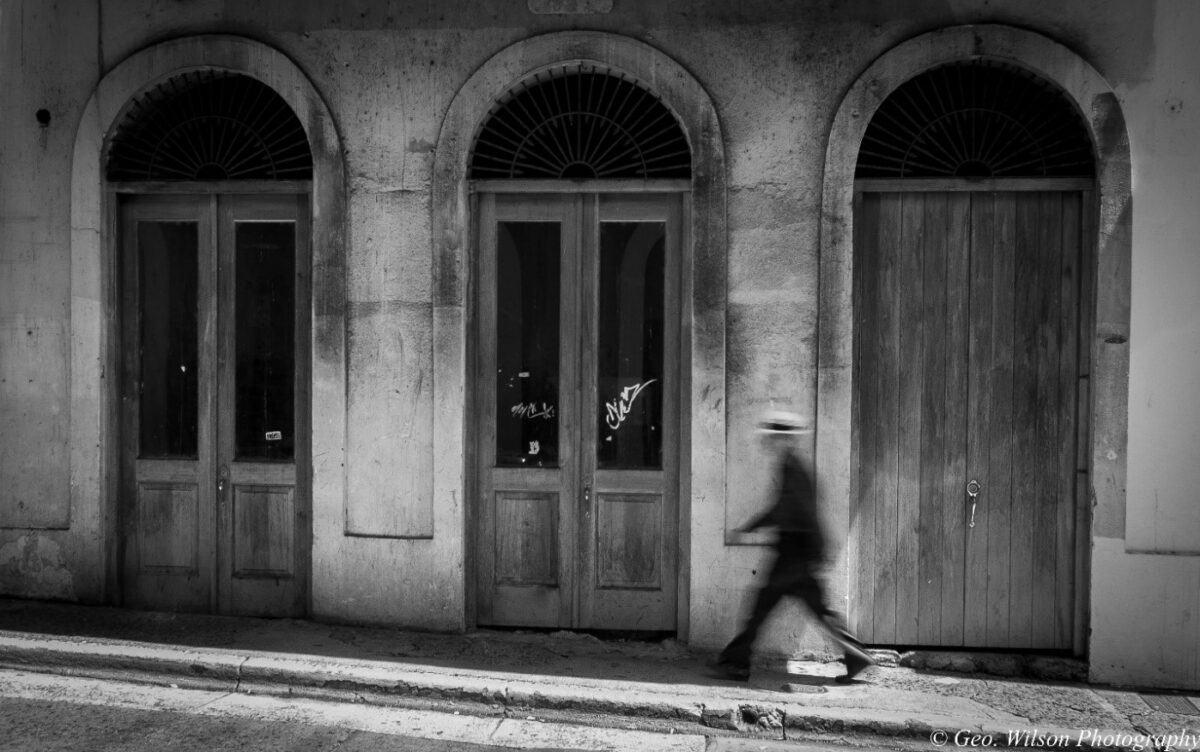Photographs tell stories, convey emotion, and make us laugh. Our own life experience will sometimes dictate how we interpret images. After all, photography is art and art is subjective. But we must also remember that photography is a visual language, a language without words. The message I send to the viewer must be done solely through vision and the elements of the photograph itself. I must be able to imagine the image beforehand and then be able to capture what I imagine within the borders of the print.
Photography, therefore, extends beyond technical skills of aperture, shutter speed and ISO. Beyond the many accessories we carry in our bag and into another realm – an experience. In my opinion, the photograph should offer an experience to the viewer. That experience could result in pride, tears, a call to action to stop an injustice or a quiet moment to reflect about one’s own self. The photographer, in this case, is there to provide the stimulus – the stimulus that stirs your imagination. The photographer is providing the visual journey, the viewer provides the narrative – achieved through the photographer’s ability to capture what they imagine and convey it visually. Technically correct images that are pretty are one thing, but an image that provides emotion elevates the story.
Photography is a tool to help us realize the emotion inside us, dream bigger and imagine more. It is a tool to allow the viewer to ask, “what am I seeing?”, “what does this mean?” – it offers them a path to finish the story.

Walking through the streets of Old San Juan, Puerto Rico – a favorite place of mine – this old building stood out to me from across the street. What had it been and what was it going to become? It made me stop even though I had walked past it many times before, it made me think and it made me finish the story myself. I stood there in the street leaning back against a wall. I blended into the surrounding as people passed me by, hustling to go about their lives. Before lifting the camera to my eye, the experience I wanted my viewer to have begun unfolding before me.
I was shooting black and white that day – camera set to monochrome, prime lenses only, contrast filters in my bag and a Singh-Ray LB Neutral Circular Polarizer affixed to my lens. Regardless of whether I am working in color or monochrome, the Singh-Ray LB Neutral Circular Polarizer is always on my lens. It gives me a slight opening of shadows and better contrast. Working in color, I do not get color shifts, which can be the signatures of other brands. Monochrome, the first consideration in this photograph, is abstract as far as I am concerned. We see the world in color, so monochrome frees our imagination to allow us to see texture, subtle patterns of light and shadow. Monochrome allows us to freely imagine more in a photograph.
The layers of this image come together perfectly and allow the viewer to create their own story. This is unique to them and nobody else – the image is a singular experience.
It starts with the light – things in the light do not hide anything. We see them clearly and in great detail. Move that subject now into the shadows or even more into the darkness and they begin to become cloaked in the unknown. Here the passerby steps across the line of shadow from the daylight. Is he moving into secrecy perhaps? Is there something hidden? The blurring hides his face and his identity. I didn’t need to show his face to tell a story – I want the viewer to create their own.
Doorways, arches, and windows can add mystery and adventure to an image. Where do they lead? What is on the other side? Who might I meet? These first elements spark the imagination – if you want the viewer to build their own story, you must have the creative spark.
The solitary passerby now, blurred by a slow shutter speed, appears to walk briskly by – perhaps on his way home from work or is he quickening his step, nervous about what lies behind the darkened graffitied windows? Is he thinking about dinner with the family or a night alone in a small apartment bathed in the light from the street entering his living room?
The passerby is not looking at me, he is in his own world. I am the interloper here – perhaps the viewer will feel the same way.
The image is broken into thirds with the motion of the subject moving uphill and towards the left. The subject in motion anchors the image and lets us wander about in the image gathering information to build our story. In western society we read our own language from left to right. Going in the opposite direction, does it make us notice the passerby and focus more intently on him before exploring the scene in greater detail? The photo inspires us to think about someone else’s life and then possibly reflect on our own.
In the end, he was walking uphill, and I was going downhill, two strangers on different paths.
Geo. Wilson Photography

